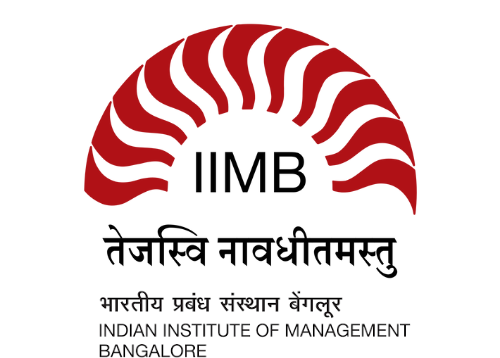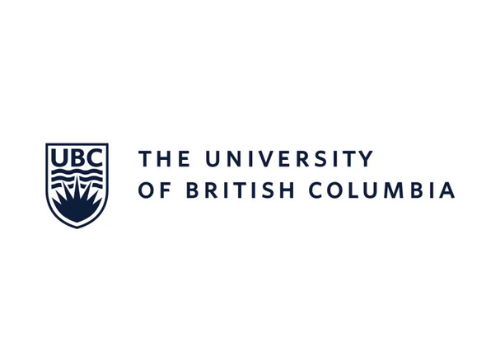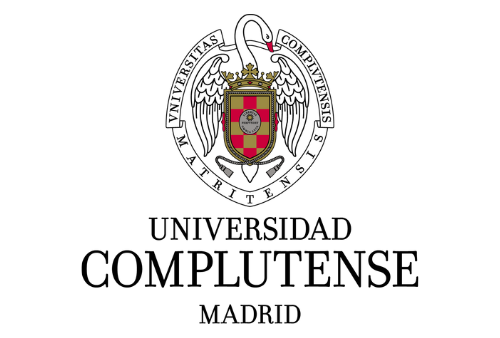THE KEY IMPLICATION OF SECTION 29A IN CORPORATE INSOLVENCY RESOLUTION PROCESS
Akash Kumar, Student at Central University of South Bihar.
Arvind Kumar, Student at Central University of South Bihar.
ABSTRACT
This research paper tries to explore the current situation of Section 29A of the IBC, and also the CIRP’s aftermath. The Insolvency and Bankruptcy Code (IBC) governs insolvency proceedings, with the main objective of presenting a resolution plan to a corporate debtor. Earlier, a resolution applicant may be anyone who submitted a resolution plan to the resolution professional, and a resolution plan could have been any plan suggested by anyone for the corporate debtor’s insolvency resolution. Since there were no specific criteria or qualifications, any party, including the corporate debtor’s promoters or any connected party, might propose a resolution plan.
The main objective of the paper to evaluate the function of CIRP after the encapsulation of Section 29A into the code. Section 29A of the IBC has become one of the most important statutes in evaluating Resolution Applicants’ eligibility throughout the Corporate Insolvency Resolution Process. In its initial it includes safeguards to prevent defaulting promoters from acquiring the corporate debtor also debarred the promoters to regain the control over the company with non-performing asset amount.




































